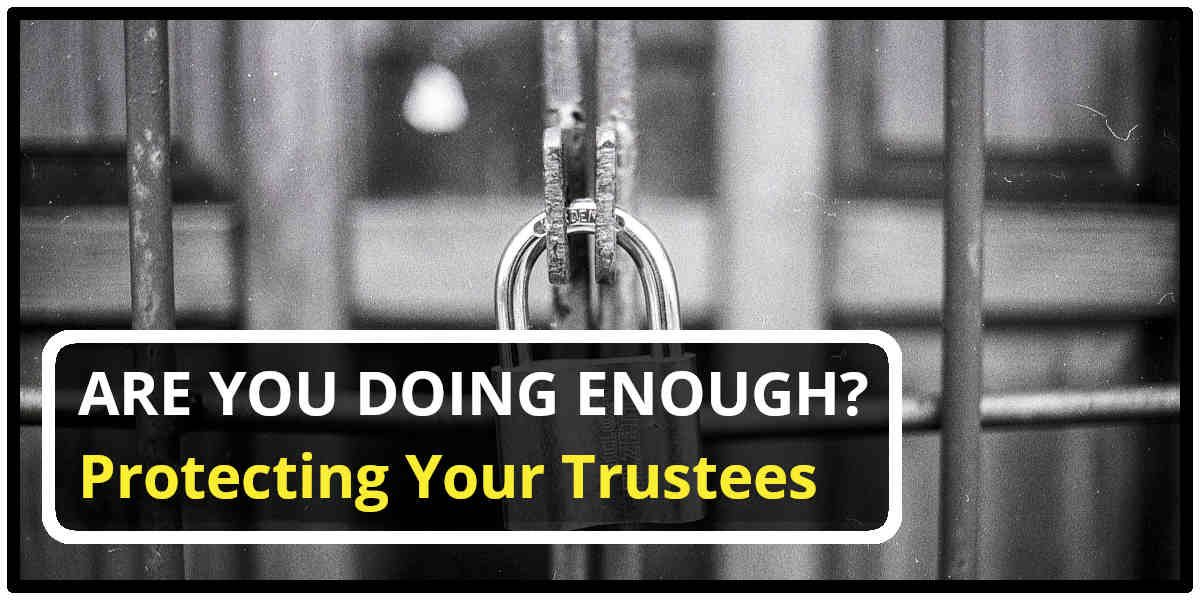
Guide to employing and insuring volunteers
Volunteers play an important part in most charities but without the right practice in place things can go wrong. This article looks at what a charity should consider when employing & insuring volunteers.
Is there a guide for best practice and legal requirements?
Volunteering England have a 10 step quality standard. They are an independent charity and membership organisation, committed to supporting, enabling and celebrating volunteering in all its diversity. The NCVO (The National Council for Voluntary Organisations) also publish useful guidance on their website
What should a volunteer agreement include?
Some organisations use volunteer agreements to ensure separation from employment contracts. These are helpful to define what you would like a volunteer to do and set boundaries of expectations, but avoiding terms implying contractual obligations.
Managing a volunteer’s enthusiasm and directing their energy in the desired way does require skillfull oversight, either by an employee or an experienced volunteer with a demonstrable track record.
People do sometimes get carried away or make mistakes. When recruiting volunteers it is advisable to set out what the parameters of the role will be. This needs to be recorded in writing, agreed with the volunteer and preferably signed and dated.
Having this documented record will help your insurer defend your position should an incident arise where a volunteer is injured and it involved activity outside the agreement.
Do we have to get volunteers DBS checked?
In general, providers and managers of regulated health, child and adult social care services have to ensure that all staff (including volunteers) who come into contact with children or vulnerable adults, have a satisfactory DBS check. More information on DBS checks can be found on the Gov.uk website.
Do we have to insure volunteers?
Legally speaking you do not have too. However, doing so can offer the volunteer the same protection as one of your employees should a claim be made involving the volunteer, as well as protect you if the volunteer brings a claim against you.
Despite your best efforts to keep the distinction clear between employees and volunteers there can be situations where the law regards a volunteer as an employee. This can be complicated and lead to disputes with insurers so it is always best to have volunteers included within the policy definition of employees.
Most liability policies extend to protect employees against claims made against them whilst working for you (In the same way as you would if the claim was made against you). Including volunteers within the policy definition of employee ensures that they have the benefit of your policy cover should they have the misfortune to have a claim made against them whilst volunteering for you.
The same applies where you arrange other covers for the protection of your employees, for example assault or personal accident cover, including volunteers within the definition ensures that they get the benefit of cover under the policy.
Check your policy wording, particularly if you have more then one insurer covering your liabilities, and to ensure that such covers dovetail together (A specialist charity insurer will usually be able to provide such cover with one comprehensive policy)
If you wish to enquire further about insuring your workforce/volunteers contact ThirdSectorProtect now







